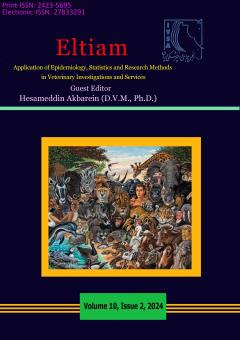Skin (also known as the integument) is the largest organ of the body accounting for 12% to 20% (different ratio in various texts) of total body weight. Skin consists of two basic regions, the superficial epidermis and deep dermis. Beneath the dermis is the subcutaneous
More
Skin (also known as the integument) is the largest organ of the body accounting for 12% to 20% (different ratio in various texts) of total body weight. Skin consists of two basic regions, the superficial epidermis and deep dermis. Beneath the dermis is the subcutaneous or hypodermis layer of loose connective tissue. Generally, the main architecture of the skin similar in all mammals, but there are differences between various species. The skin is thickest over the dorsal surface of the body and is thinnest on the ventral surface of the body. The skin could have ridges on its surface or be smooth in some areas. Epidermis consists of Stratum basale, Stratum spinosum, Stratum Granulosum, Stratum lucidum, Stratum corneum. Dermis consists of papillary and reticular layers and has a lot of blood and lymphatic vessels also sensitive and neurogenic receptors. Hair is a long, thin and elastic skin derivation that internal envelopment is from epidermis and loose connective tissue of external envelopment derived from dermis. Footpads are changed skin structures in cranial and caudal limbs. There are another structures like horn and hook that derived from skin. Abdominal cavity consists of these layers from inside to outside: skin, superficial fascia, skeletal muscles, deep fascia and serosa. Tunica serosa consists of a mesenchymal layer that forms from one layer of simple squamous epithelial cells and stroma connective tissue.
Manuscript profile


